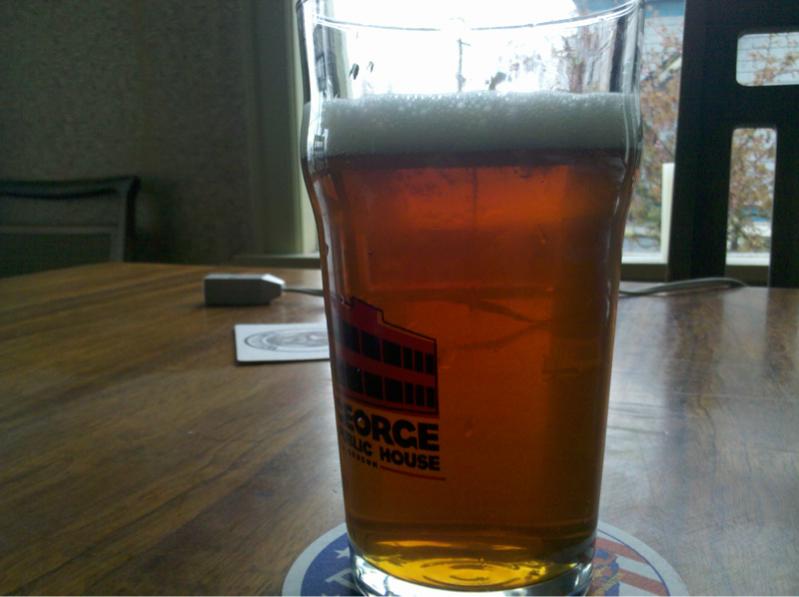When I rack from the fermenter to the bottling bucket, I start my siphon in the middle of the beer and lower it as the level of the beer lowers. I stop if/when I start sucking up trub.
I'd almost argue that I have less "stuff" in my bottles using a primary-only approach, especially with a flocculant yeast strain. When I've used S04 or nottingham yeast, the yeast cake (and hops debris and break material) all formed a tightly compacted trub layer than I almost couldn't disturb. The tightly compacted trub layer especially became compacted if I stuck the primary in the fridge for a couple of days first.
Since more "stuff" doesn't fall out just because of racking, and it's time and gravity that do the work, I don't think you'd get more debris in the bottling bucket no matter which fermenter you used last (primary or bright tank) as long as there was careful racking. Even using a bright tank, you could stick the siphon down in the trub and end up with lots of crud in the bottles.



